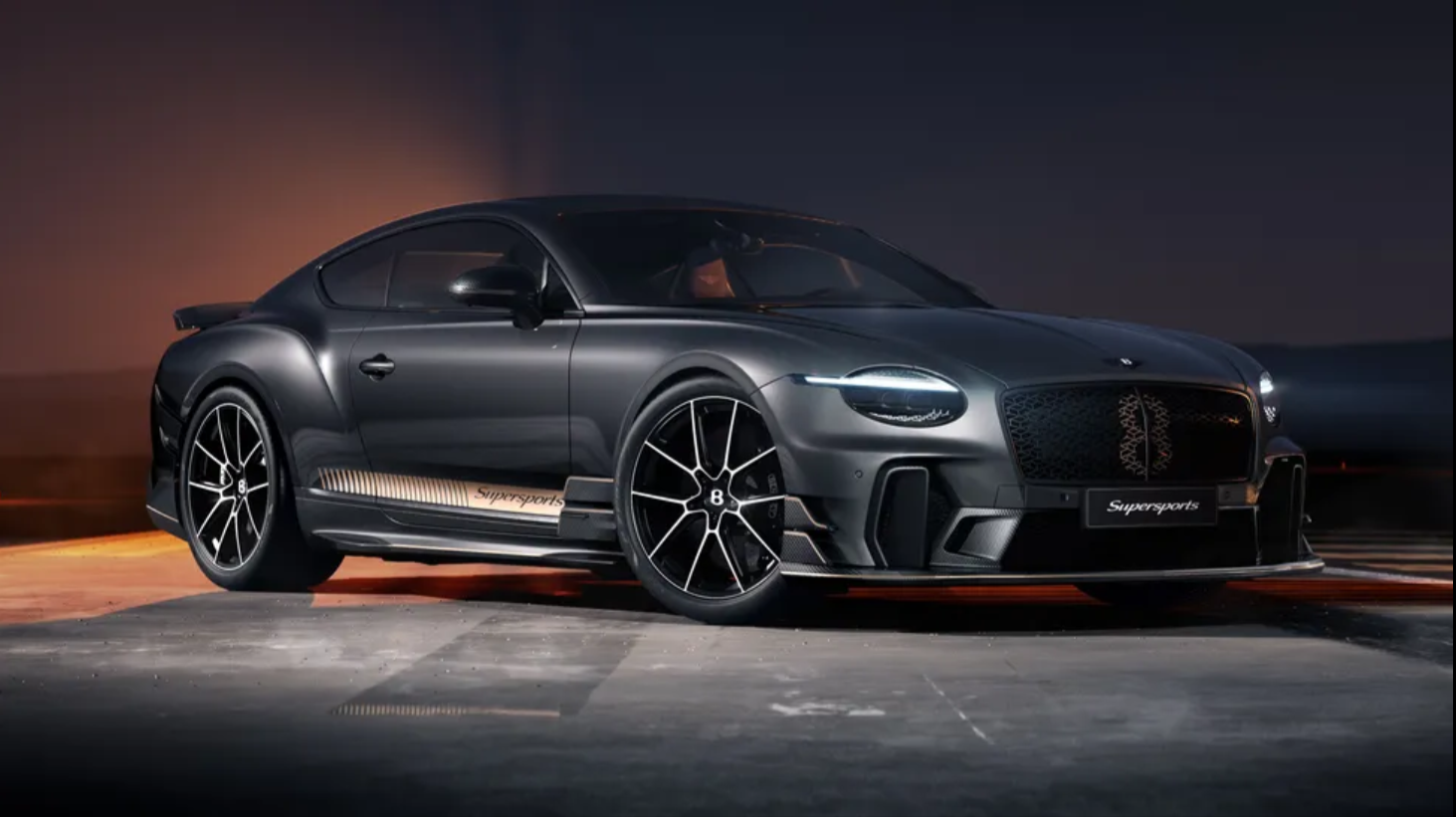Mercedes is pouring a whole lot of tech into its next-generation "small" cars, and a lot of choice too.
It's making a whole bunch of fuss about the electric side of the coin, previewed by the Concept CLA unwrapped at the Munich motor show. But there will be petrol and plug-in hybrid versions too. They use a brand-new platform going by the internal abbreviation MMA.
There will be a total of four body styles on that platform. First is the 2025 CLA-class fastback saloon as previewed by the concept, and also a shooting brake and what Mercedes says will be two SUVs. One of the SUVs will be a GLA-style crossover, the other a seven-seater to replace the GLB.
The CLA concept gives us strong clues to the design of the production electric CLA, and that front-end treatment be carried across all four electric MMA bodies. The versions with engines will have bigger grille openings and different light signatures, just as a EQA and GLA are different today.
Källenius says of the MMA platform: "It’s designed to be fully electric from scratch. Once the EV version was perfected, we added the combustion engine options."
Which is why the proportions aren't quite what a pure EV's would have been: they had to leave room for an engine, radiator and transmission. Still, that means rather more conventionally attractive proportions than the giant-computer-mouse blobbiness of Mercedes' electric-only big cars, the EQE and EQS.
Actually, the CLA is a properly good-looking thing. Gentle creases define the tops of the front wings, and another pair run back through the bonnet. Running from all four corners along the belt-line towards the centre are blades of chrome with fading LED backlights. It all helps give the shape a definition your eye can lock on to, even though it's classily free of visual noise.
Back to the electric versions. The platform is prepared for two-motor four-wheel-drive, of course. But the CLA concept features rear-wheel-drive, so as to get the headline 466-mile WLTP range. There's a two-speed transmission, which means at high speed the motor doesn't spin inefficiently fast. The motor itself uses learning from the one in Mercedes' ultra-long-range EQXX experimental EV, which itself used the expertise of the F1 team. It's ultra-efficient and uses only tiny amounts of rare-earth elements in its magnets. Motor, transmission and inverter are all in one compact light unit.
The CLA doesn't use the same type of battery as in the EQXX. That had such low internal resistance it didn't need water-cooling, but the upshot of that was it couldn't take the heat of rapid charging. So the CLA's packs – there are two capacity options – are more normal water cooled arrangements, for super-rapid 250kW charging, or 400 kilometers-worth in a quarter-hour. A novelty is glued modules - not bolted - to improve strength. The larger one of them has advanced anodes of high silicon-oxide content. There will also be a smaller, cheaper, lower-range one with LFP chemistry, which is cobalt-free.
We haven't properly experienced the new operating system for the massive cabin screens. But in a move to imply it's got plenty of processor heft, Mercedes has mounted the processor on a plinth beneath the dash, lit up like the chip in some overclocked gaming PC.
And putting dedicated climate screens at the end of the dash at least means those controls aren't buried in the main screen. Although those circles at the end of the dash look like vents, they aren't. The air emerges from behind the dash, in a diffused flow.
Although Mercedes frames it as 'compact', it's actually close to C-Class length, and has plenty of room for adults inside with heaps of tech and glitzy (significantly recycled) materials. There's a lot of tech and luxury.
The low-power low-spec A-Class hatch is clearly history.
Source







.jpg)


.jpeg)

.jpeg)
.jpeg)

